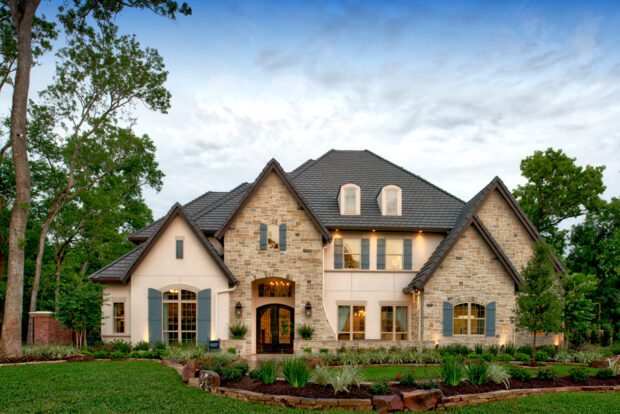HOME | ABOUT US | MEDIA KIT | CONTACT US | INQUIRE
HOME | ABOUT US | MEDIA KIT | CONTACT US | INQUIRE
HISTORY SHOwS THAT If the PROPERTY-VALUE bubble bursts on a national level, owners are likely to find RELATIVE security in MISSOURI.

Powerful forces have been at work to propel American property values, home-building, and home-buying to levels unmatched since 2006, before the onset of the Great Recession.
The question in 2022 is: Will a hard crash come again? Soaring interest rates, years of double-digit annual increases in valuations, and demand generated by the largest demographic group in the nation’s history—the Millennials, who are now at prime home-buying age—have all conspired to push property values to record levels.
That notwithstanding, real estate in Missouri has a long track record of outstanding affordability, and the bubble isn’t as big as it is in large population centers near the coasts. Then again, it never is. That’s why owners in the Show-Me State suffer less when the nation sees sharp downturns than those in the larger markets.
In the run-up to current levels—an astonishing 30 percent increase in home values between 2020 and 2022 alone nationwide—homeowners have added significantly to their personal wealth. That doesn’t come without a downside; those higher prices can become barriers to entry for first-time buyers.
Here’s what the bubble looks like and why Missouri is positioned for a softer landing when, not if, the national market goes south: The Federal Reserve Bank of St. Louis noted earlier this summer that the price of a typical home in the United States hit $354,459. Higher-end homes, which have dominated construction over the past decade, pull the median up considerably higher, to $428,700.
Compare those figures to the typical home price in Missouri: Just $231,062. That is no misprint. It’s a discount of more than one-third of the typical U.S. price (65.18 percent, to be more precise) and just a shade over half the median price, 53.4 percent.
Even with mortgage interest rates spiking to 5.91 percent in July, that means homeowners, on average, would have house payments that account for 23.4 percent of median income. That’s significant because the industry rule of thumb is that housing costs account for no more than 28 percent of income. So while earnings in Missouri may be 8 percent less than the national median, homeowners still come out ahead in dollars at the end of the month.
On the commercial realty side, average prices statewide are significantly distorted by three metropolitan markets in the state: St. Louis, Kansas City. and Springfield. Those three markets are home to more than 70 percent of the state’s residents and a proportionate share of statewide gross domestic product.
Within the three pillars that make up commercial real estate—office, retail and industrial—Missouri has experienced the same mangled dynamics as the rest of the nation with regard to the former two, as the pandemic left traditional working spaces empty and many smaller retailers virtually deserted for months.
The third area continues a decade-long run of producing stellar growth for the state.
Missouri’s nearly unique status as a center of logistics has driven that sector’s growth in that span. As e-commerce became a norm for consumers, large distribution concerns have embraced the value proposition of shipping toward either coast or the Gulf states region from a state that, for now, is home to the precise center of the nation’s population.
And on the agricultural side—no small consideration, given the scope of acreage in the state and the ag and forestry sectors combined to generate $93.7 billion for Missouri’s economy—farm prices in recent years have also been nudging up. According to the U.S. Department of Agriculture, farmland rose from $2,179 per acre in 2007 to $3,385 a decade later, and the price continues to hover in that range this year.